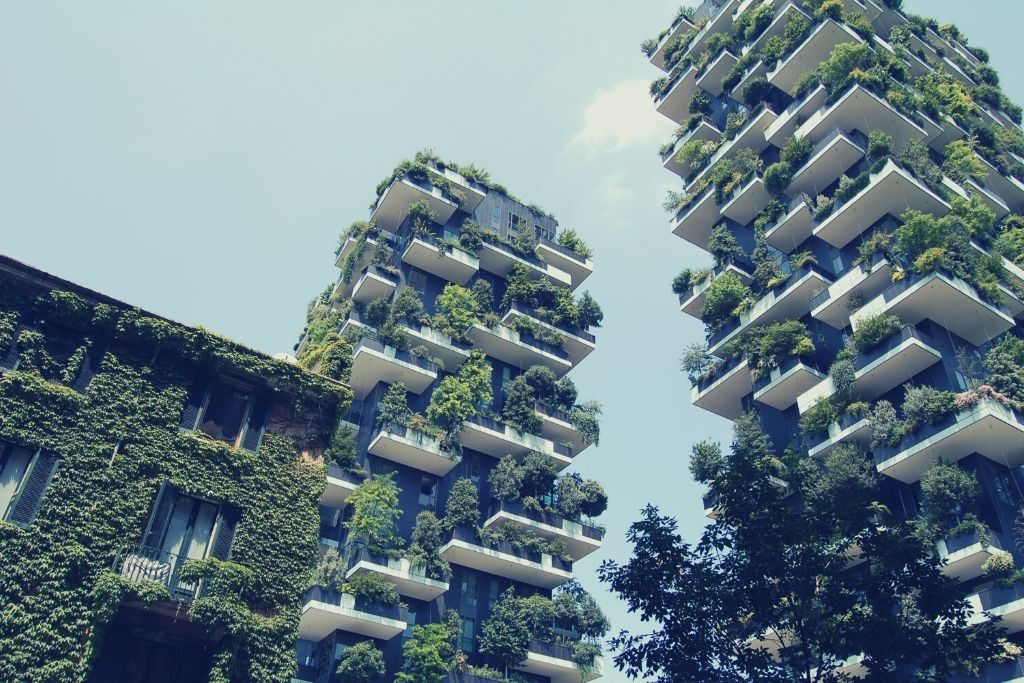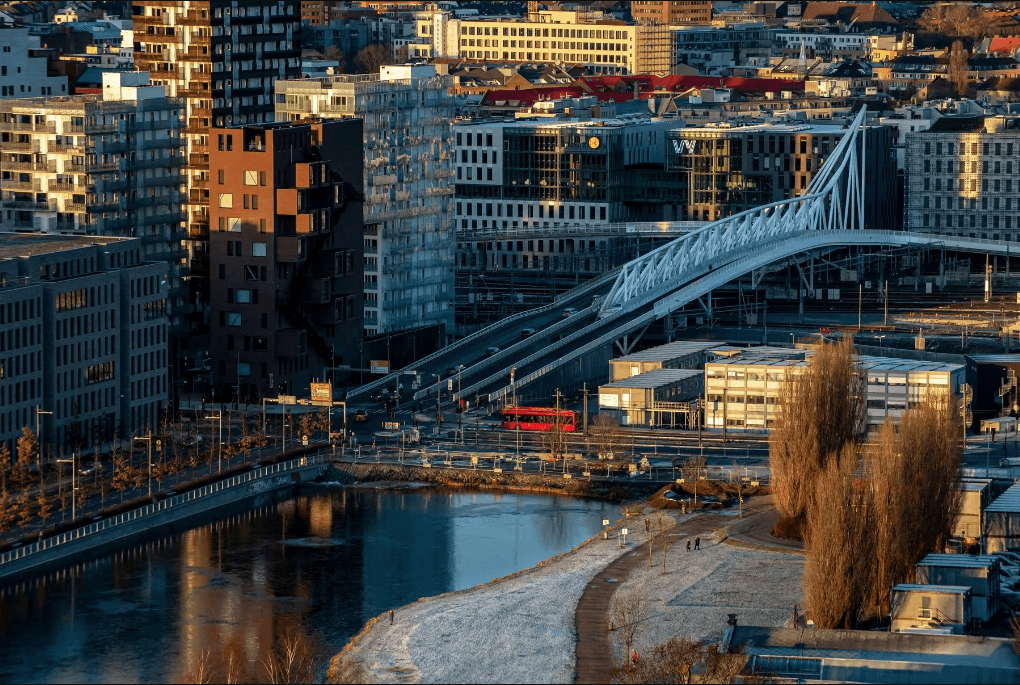The world has just over a decade to prevent climate change from escalating beyond 1.5 degrees Celsius. If not, any further rise in temperatures might have catastrophic effects on droughts, floods, and famine for millions of people. Buildings and the construction sector are responsible for nearly 40 percent of the total greenhouse gas emissions that are contributing to this disaster, making it both a source of the problem and also one of untapped transformative potential.
Growing Need for Green Buildings
Over the next four decades, 230 billion square meters in new construction is anticipated. For some perspective, that’s like adding the number of buildings in Paris every single week. With half of the world’s people already in urban areas and two-thirds of the projected population of 10 billion by 2060 expected to live in them , this wave of construction will be unlike any other. For humanity to thrive—and survive—it will have to be green.
Green building design—also called sustainable design—is when architects, contractors, building owners, and regulators increase the efficiency of a structure’s energy, water, and materials to reduce the harmful effects on both the environment and human health. This method of design also has direct economic benefits like reducing operating costs by saving energy, improving worker productivity, and increasing the value of a building.
Going Green, Curbing Carbs

There are a couple of factors that contribute to a building’s overall emissions. The first is the energy a building consumes as part of its day-to-day operations like lighting, heating, and cooling. The second is the emissions produced when a building is constructed: how green are the materials, how much carbon does it take to transmit those materials, what machinery is needed to build it? To meet the Paris Agreement, the ambitious global pact to keep warming below 1.5 degrees Celsius, the energy intensity per square meter of the global building sector needs to improve 30 percent by 2030. This goal will require taking all of these factors into account.
Calculating a Building’s Ecological Impact
The most widely used form of green building certification is called Leadership in Energy and Environmental Design (LEED), which was developed by the US Green Building Council. Getting a green stamp is complicated because the evaluation process must take into account a building’s direct impacts on the environment, including ozone depletion, global warming potential, and various emissions through a standardized set of criteria. This involves not only assessing how much a building currently emits but taking into account the environmental impact of every product and material used in a building. Moreover, this must include the entire lifecycle of the building, from extracting raw materials to the construction process to daily use, and demolition and recycling of the recoverable materials.
LEED Certifications: Winding But Worthy
This lengthy process may seem difficult to justify, but the benefits greatly outweigh the initial output. For one, green certification is often incentivized with tax breaks and preferential zoning permits. These buildings also have a record of selling faster because they’re more attractive to buyers and tend to draw significant and positive press.
The potential money saved is also noteworthy: LEED buildings report that maintenance costs are reduced by 20 percent, and green building retrofits tend to reduce their costs by 10 percent in the first year.
Green Buildings Are the Only Way Forward

Green building certification schemes require an evaluation of indoor air quality. So, they also save lives in the immediate sense, given that household air pollution currently kills 4 million people a year. And with one study showing that LEED buildings had carbon emissions that were over one third lower, these buildings aren’t just life-saving, they may be securing the future of the entire planet.






